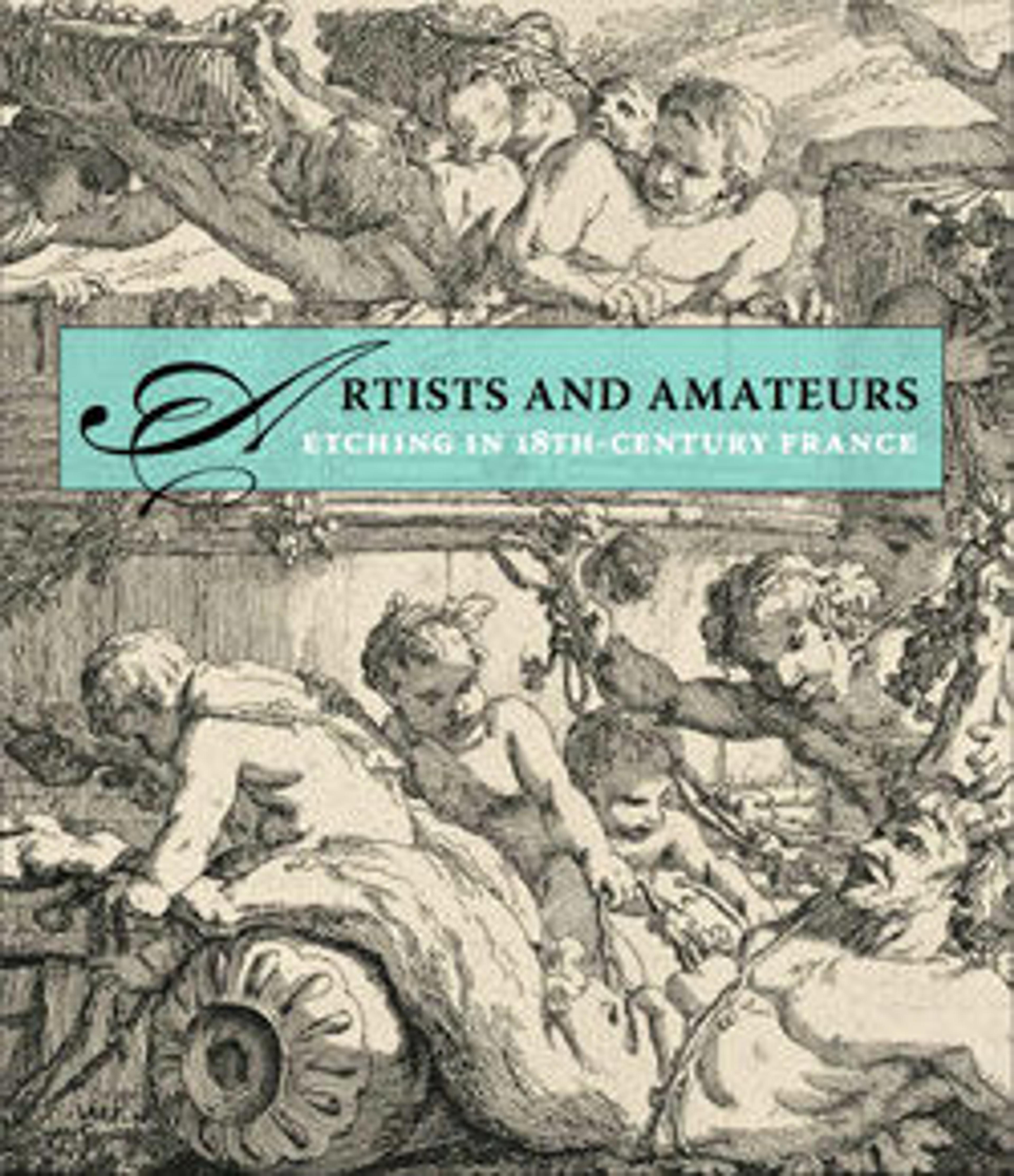The Four Vases
In this ebullient print, Saint-Aubin presents us with four vase designs. With his characteristic disregard for technical precision, he wielded the etching needle in a fast and energetic manner, as if he were scribbling on paper.
The vases, however, are secondary to their figural decorations. Rollicking putti tumble playfully, draped old men bow their heads in thought, and indolent sea nymphs verge on slumber.
Each of the four vases bears Saint-Aubin’s signature "Gabriel" at the base, suggesting that he may have intended at some point to cut the plate into four pieces.
The vases, however, are secondary to their figural decorations. Rollicking putti tumble playfully, draped old men bow their heads in thought, and indolent sea nymphs verge on slumber.
Each of the four vases bears Saint-Aubin’s signature "Gabriel" at the base, suggesting that he may have intended at some point to cut the plate into four pieces.
Artwork Details
- Title: The Four Vases
- Artist: Gabriel de Saint-Aubin (French, Paris 1724–1780 Paris)
- Date: 1754
- Medium: Etching
- Dimensions: sheet: 9 11/16 x 6 7/16 in. (24.6 x 16.4 cm)
image: 9 3/8 x 6 1/8 in. (23.8 x 15.5 cm) - Classifications: Prints, Ornament & Architecture
- Credit Line: Purchase, Mr. and Mrs. Robert J. Massar Gift and The Elisha Whittelsey Collection, The Elisha Whittelsey Fund, 1988
- Object Number: 1988.1021
- Curatorial Department: Drawings and Prints
More Artwork
Research Resources
The Met provides unparalleled resources for research and welcomes an international community of students and scholars. The Met's Open Access API is where creators and researchers can connect to the The Met collection. Open Access data and public domain images are available for unrestricted commercial and noncommercial use without permission or fee.
To request images under copyright and other restrictions, please use this Image Request form.
Feedback
We continue to research and examine historical and cultural context for objects in The Met collection. If you have comments or questions about this object record, please complete and submit this form. The Museum looks forward to receiving your comments.
